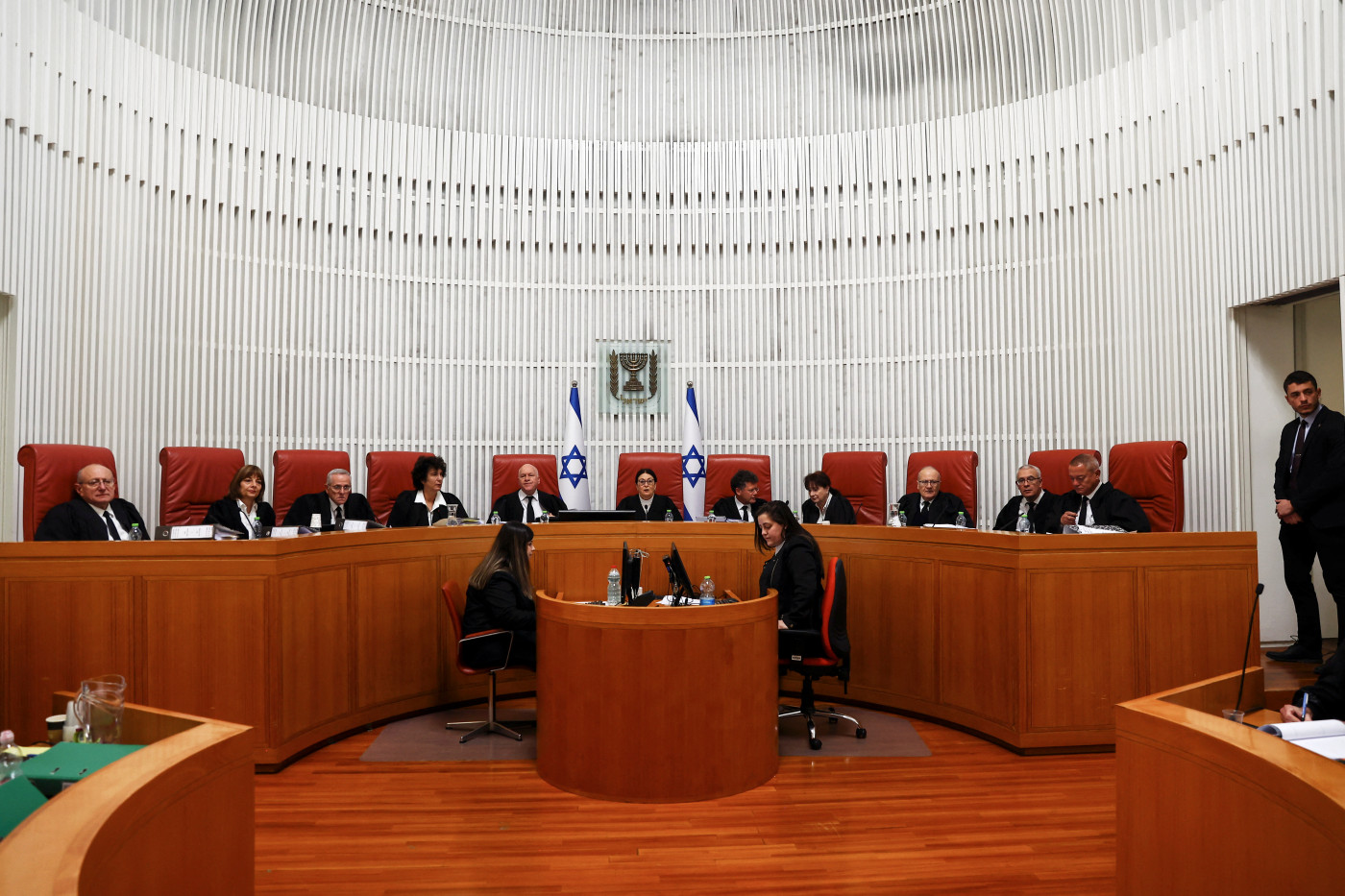Pentagon Issues Ukraine ATACMS Warning
The U.S. is firmly against any spilling over of the Ukraine war outside the country's borders, the Pentagon has said, as Kyiv pushes for the freedom to launch long-range strikes with Western weapons into Russia. Moscow has warned this could lead to a broader conflict.
"We do not want to see unintended consequences, an escalation that can turn this conflict into a wider one that will go beyond the borders of Ukraine," Pentagon press secretary, Major General Pat Ryder, told Voice of America's Ukrainian edition in an interview published on Monday.
Ryder was responding to a question on potential Ukrainian use of Army Tactical Missile System, or ATACMS, to strike deep over the border into Russia. "I think this is something that we all need to consider and take very seriously," he said, adding: "Our long-distance policy has not changed."
The U.S. has sent several rounds of ATACMS to Ukraine. However, Washington has only authorized Kyiv to use the tactical ballistic missile against Russian targets in mainland Ukraine and in Crimea, which Russia annexed in 2014 from Ukraine.
ATACMS are ground-launched missiles with a range of around 200 miles. They are not for use on the front lines but for reaching high-value targets far deeper into Russian-held territory. Ukraine has used ATACMS in dramatic strikes, such as on Russian helicopters and advanced air defense systems.
Shortly after Moscow launched a cross-border offensive from its Belgorod region into Ukraine's northeastern Kharkiv region in early May, the U.S. greenlit the use of shorter-range weapons it has provided to Ukraine to defend Kharkiv. ATACMS remained off the table, despite calls from Kyiv to lift the restrictions.
"We recently authorized the use of U.S. munitions across the border for retaliatory fire and defensive strikes," Ryder said. "If the Russians are forming troops or firing artillery or airplanes across the border, we have recognized this fact and given permission to the Ukrainians."
Earlier this month, the British Defense Ministry had to clarify that its policy on Ukraine using U.K.-provided long-range missiles to attack Russia "had not changed" after new Prime Minister, Sir Keir Starmer, suggested Kyiv could use British air-launched missiles to hit Russian territory.
"This morning, I learned about the permission to use Storm Shadow missiles against military targets in Russian territory," Ukrainian President Volodymyr Zelensky said in a post to X, formerly Twitter, on July 10. "Today, we had the opportunity to discuss the practical implementation of this decision."
The situation is "more nuanced" than Zelensky's statement indicated, Britain's The Telegraph reported, citing an anonymous senior defense source.
Some NATO member states have signaled an increasing willingness to authorize long-range strikes with Western weapons into Russia, but division remains.
Russian President Vladimir Putin said in late May that "constant escalation can lead to serious consequences," adding: "If these serious consequences occur in Europe, how will the United States behave, bearing in mind our parity in the field of strategic weapons?
"It's hard to say; do they want a global conflict?" Putin added.
Earlier this month, Moscow state media reported that Russia was examining fragments of an ATACMS missile, including the navigation system built into the U.S.-made design. Russian state news agency, RIA Novosti, published footage of what it said was the first clip showing the internal structure of a Ukrainian-operated missile.
Disclaimer: The copyright of this article belongs to the original author. Reposting this article is solely for the purpose of information dissemination and does not constitute any investment advice. If there is any infringement, please contact us immediately. We will make corrections or deletions as necessary. Thank you.


